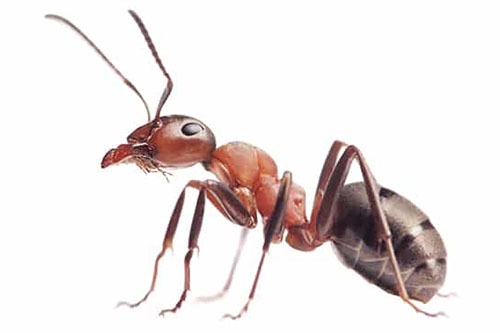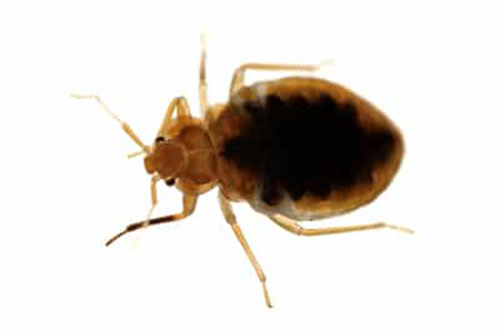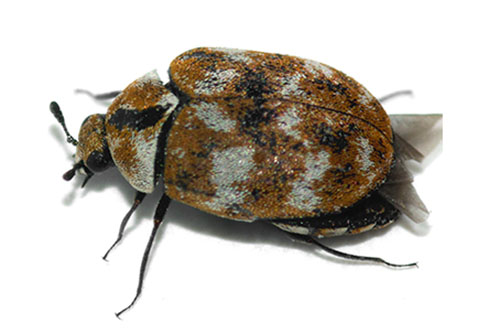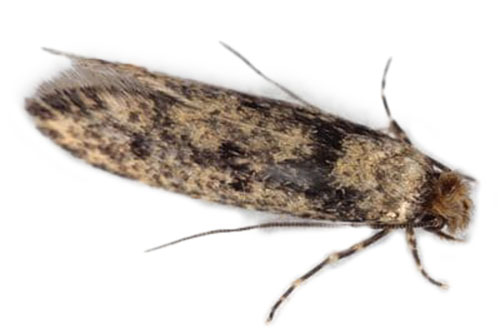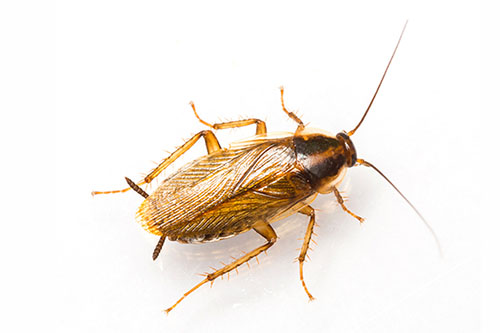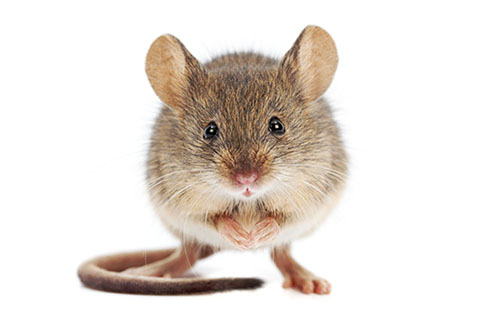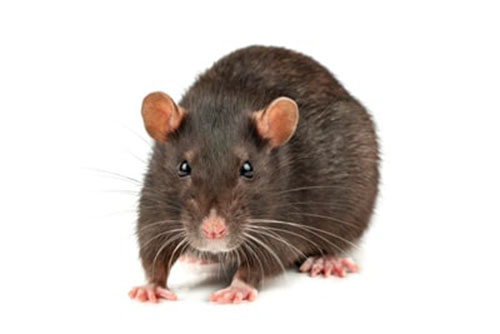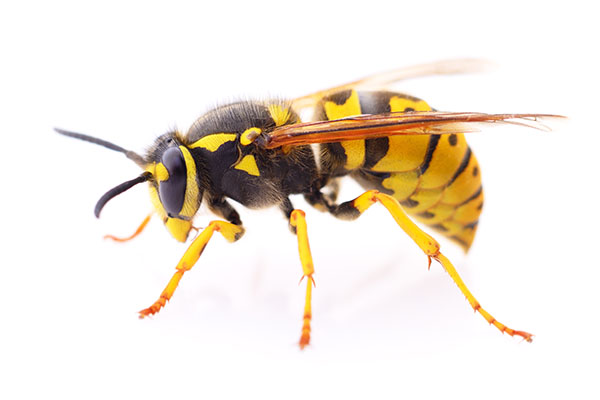Cluster Flies
Latin Name:
Pollenia rudis
Typical Infestation Locations:
Commonly found in attics, wall voids, windows and window frames, unused rooms or storage areas, exterior walls and siding, and eaves and overhangs.
Methods of Control (DIY):
Sealing off entry points, using insecticide sprays or dusts in affected areas, employing fly traps or sticky traps, using natural repellents like essential oils or vinegar, and practicing good sanitation by removing potential food sources and keeping areas clean and tidy.
Methods of Control (Professional):
Residual insecticide sprays in affected areas, fog spray treatments, fumigation, employing fly traps or sticky traps specifically designed, using vacuum cleaners to remove them from surfaces, sealing off entry points and potential harbourage areas, and practicing good sanitation by cleaning up food sources and maintaining a clean environment to reduce attractants for cluster flies.
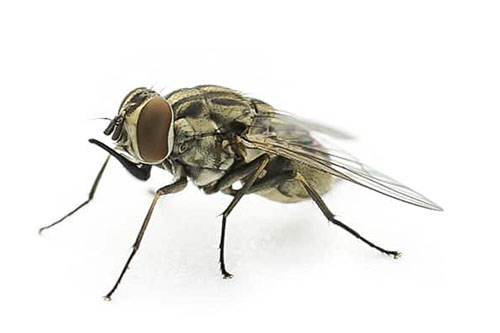
Need Professional Help?
More Information
Prices for cluster flies
Say goodbye to cluster flies with our cost-effective services, starting at £70 per visit. Prices vary based on property size and the extent of the infestation. Our skilled team will create a tailored plan to address your specific needs, typically involving 1 to 2 visits for thorough removal. Contact us today for a personalised quote and reclaim your space from cluster flies.
Related Articles
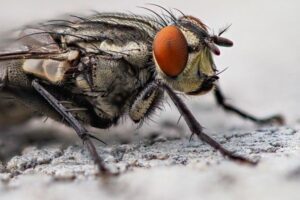
Cluster Flies: Long Term Solutions
Decode the enigma of cluster flies in our blog. Explore harm to humans and pets, eco-friendly control, prevention solutions, seasonal activity, reproduction, health concerns, cleaning tips, handling dead flies, and legal regulations.
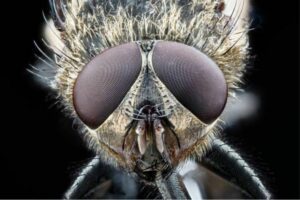
Cluster Flies: Your Questions Answered
Uncover the hidden world of cluster flies in our blog. Explore their life cycle, behaviour, and lifespan. Learn about their origin, reproduction, and typical lifespan. Equip yourself with valuable knowledge to effectively tackle cluster flies. Join us on this captivating exploration.
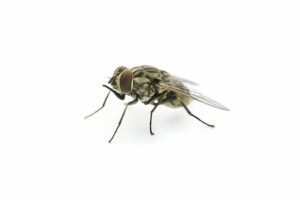
Cluster Flies: Your Questions Answered
Welcome to our informative blog dedicated to cluster flies. This guide provides practical insights and effective strategies to identify, eliminate, and prevent cluster fly infestations. Learn about natural repellents, potential damages, and specific concerns such as cluster flies in the attic. Discover actionable steps to maintain a fly-free environment. Let's tackle cluster flies together.
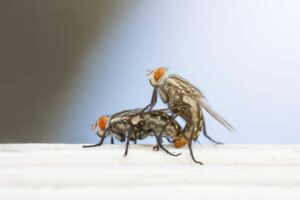
Cluster Flies: Prevention and Control Strategies
Discover the hidden world of cluster flies as we unveil risks, effective prevention, and control strategies for a fly-free environment.
